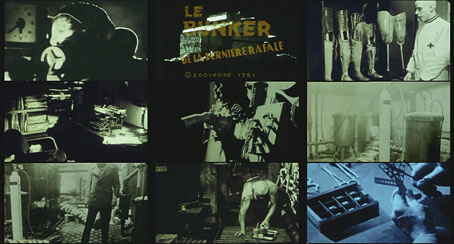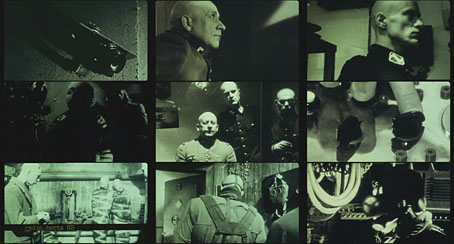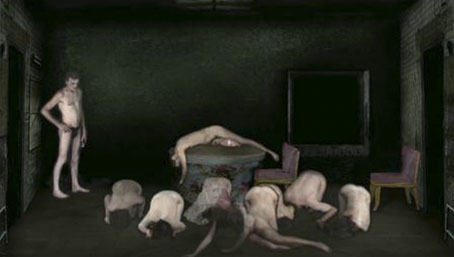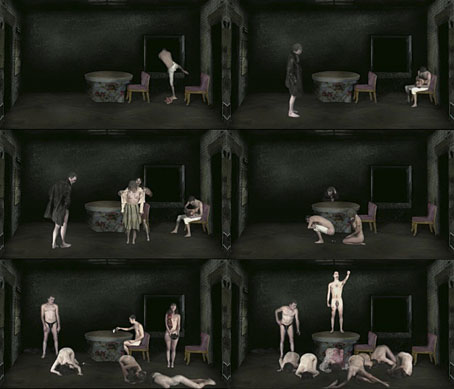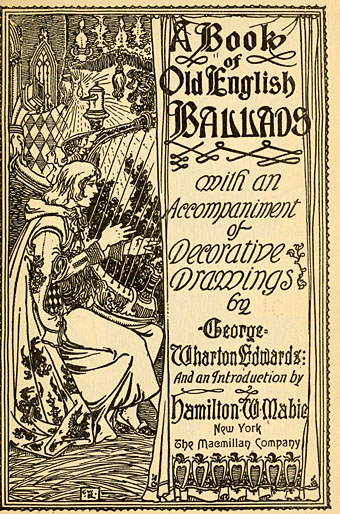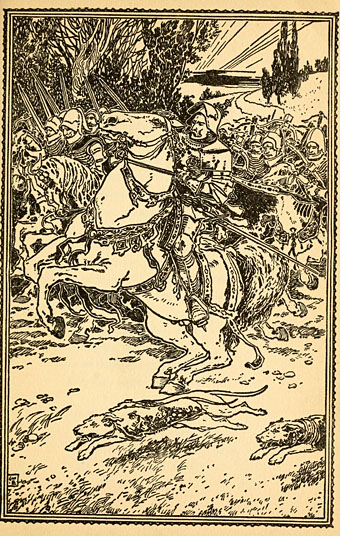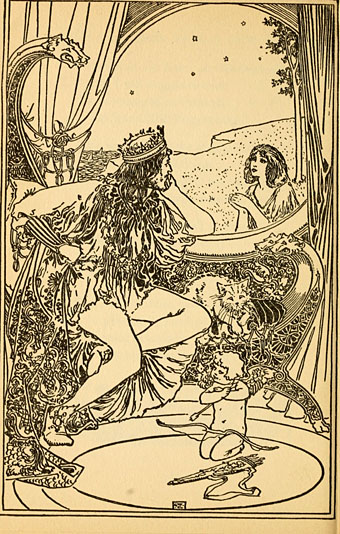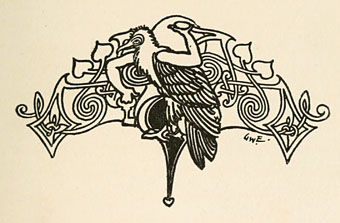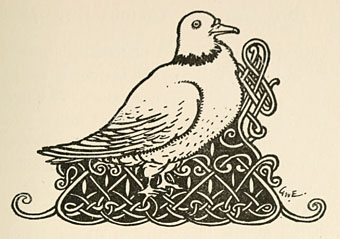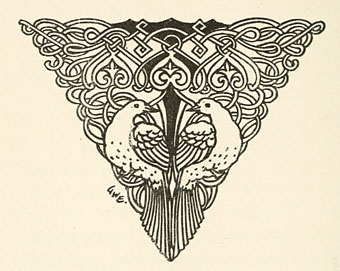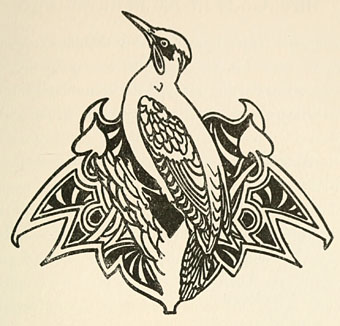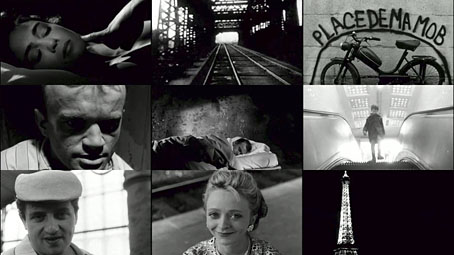
Foutaises (1989) is the French title of this 9-minute film by Jean-Pierre Jeunet whose English translation, Things I Like, Things I Don’t Like, is a clumsy, if accurate, summation of the content. It’s mostly a string of sight gags with Jeunet regular Dominique Pinon running through a list of his likes and dislikes, some of which are very funny. I first saw this on a VHS release of Delicatessen, a good pairing since the films were made almost back-to-back, and share actors. Foutaises shows both the strengths and weaknesses of Jeunet’s style: many isolated moments of visual humour work well in a short dose but stretched over 90 minutes the same technique can easily become tiresome or annoying.
On YouTube there’s a choice of a low-res copy with English subtitles or a better quality copy in French only. Take your pick. According to the discussion at IMDB the film can currently be found as an extra on the French DVD of Amélie.
Previously on { feuilleton }
• The Bunker of the Last Gunshots

